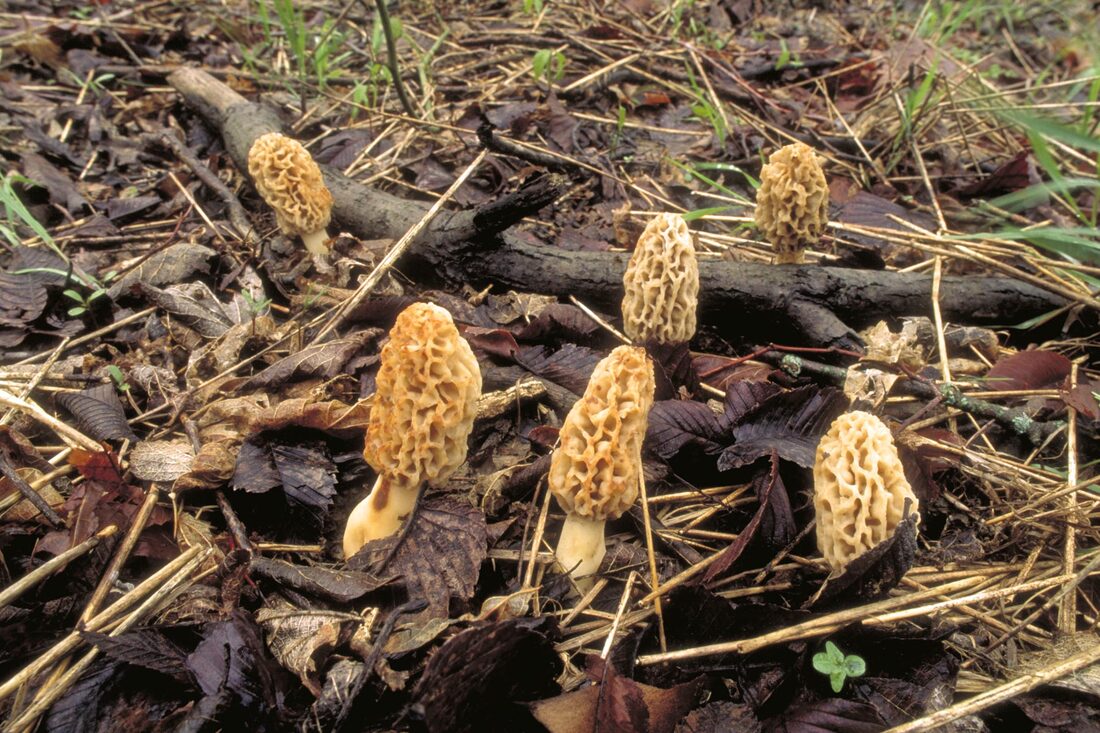|
|
Missouri Department of Conservation To the uninitiated, a morel does not have the most appetizing appearance. Its brain-like form looks like something out of a campy horror movie, and a morel’s neutral, earthy color doesn’t command much attention. From about late March to early May, however, foraging for these small mushrooms is serious business—a business so serious that many folks refuse to reveal their morel spots even to their closest friends and family. The question many people ask this time of year is, “How can I find morels?” Well, morels are finicky fungal organisms. The underground portion of the fungus only produces mushrooms in some years—mostly based on soil temperature and moisture availability (but other factors play a role, too). Ultimately, most of what we know about finding morels is anecdotal and widely variable, but here are a few tips to help you narrow down good places to look for morels: Morels commonly appear after warm, moist spring weather with daytime temperatures in the low 70s and nighttime temperatures in the 50s. South and west facing slopes are good sites to look for morels early in the season, with north and east slopes being better for later-season morel hunting. Morels tend to favor tree species such as elms, ashes, cottonwoods, and even domesticated apples. Look around recently dead trees but beware of falling branches. Areas disturbed by flooding, fire, or logging often produce loads of morels. Morels peak when lilacs bloom. Most public lands in Missouri allow the collecting of mushrooms for personal use, but always check the regulations before you collect to be sure. Remember, these are just general guidelines – morels have been found growing in all sorts of locations and conditions. Before setting off into the forest, make sure you know how to correctly identify morels. Misidentifying and consuming toxic mushrooms can cause anything from mild stomach issues to organ failure or even death! There are several mushroom species in Missouri, including the big red false morel, which are considered toxic and not recommended for consumption. Consult with field guides or a professional mycologist to be completely confident in species identification before consuming any mushrooms. Browse MDC’s mushroom field guide for photos of the more common and noticeable fungal species in Missouri. Morels are often associated with ash trees, dying elms, and apple trees, although they are found elsewhere as well.
Photo credit: MDC Staff Comments are closed.
|
Categories
All
Archives
July 2024
|
Grain Valley NewsGrain Valley News is a free community news source published weekly online. |
Contact Us |


 RSS Feed
RSS Feed
